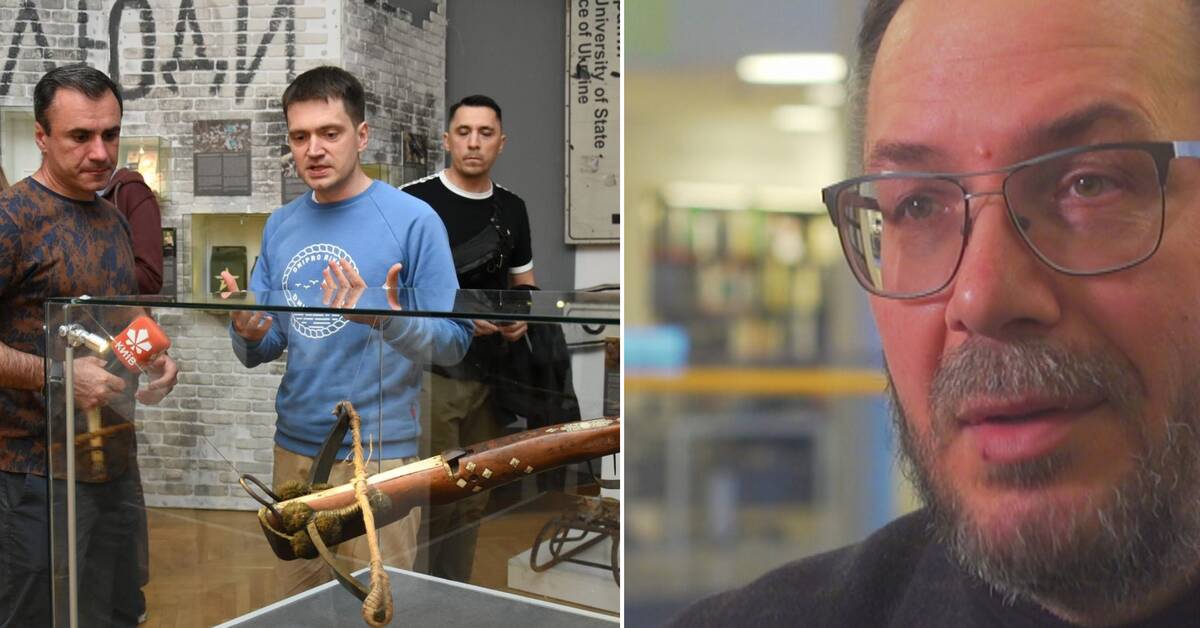When Russia invaded Ukraine, it was important to make quick decisions to protect the country's cultural heritage.
Evacuate everything that can be evacuated and protect what cannot be moved.
That's what Fedir Androschuk, director of the National History Museum in Kyiv, tells us.
During the first weeks of the war, he and the museum's employees decided to settle in the museum and devote all their waking hours to saving the collections.
It takes them a month.
- We tried to save everything, because this war is about Ukraine's identity, Fedir Androschuk tells Kulturnyheterna.
Letter to Sweden
Androschuk, who has both lived and done research in Sweden, writes to his colleagues here and asks for help with, among other things, packaging and moving boxes.
The email is translated and published in several European newspapers, and soon help also begins to arrive from Denmark and Germany.
Eventually, the Russians retreat from the Kiev area, and people begin to return to the capital.
- Many people came to the museum, but we had nothing to show, says Androschuk, who is in Sweden to thank the help from the Nordic countries.
Storytime on the grounds
To meet the interest, they started organizing cultural activities on the museum grounds.
Storytimes for children and musical events – while beginning to document the ongoing war:
- We visited Butcha to collect items that the Russians had left behind - uniforms, personal letters, alcohol, etc., says the Ukrainian museum director.
- That laid the foundation for the exhibition.
What will actually be the role of a museum during an ongoing war?
- Now, almost a year after the attack, we see that we can do a lot: Simple mobile exhibitions, which can be taken down quickly if something were to happen, for example.
For that, you need to build appropriate displays, which they now hope to be able to do with the approximately SEK 1.6 million collected by Nordic museums to support the museum.

